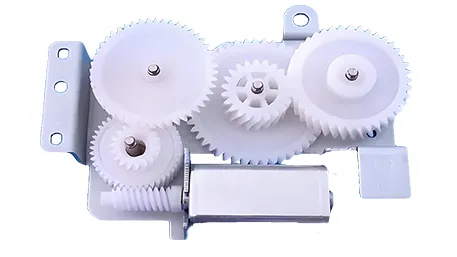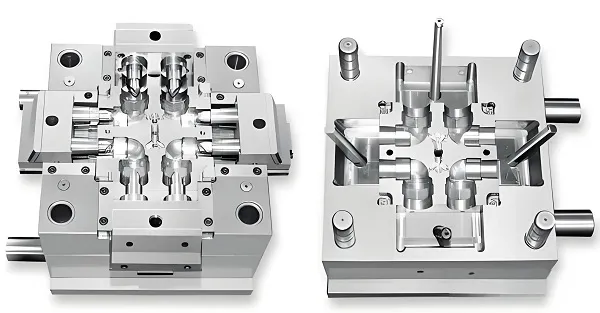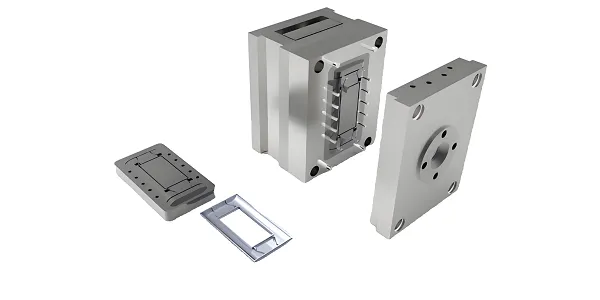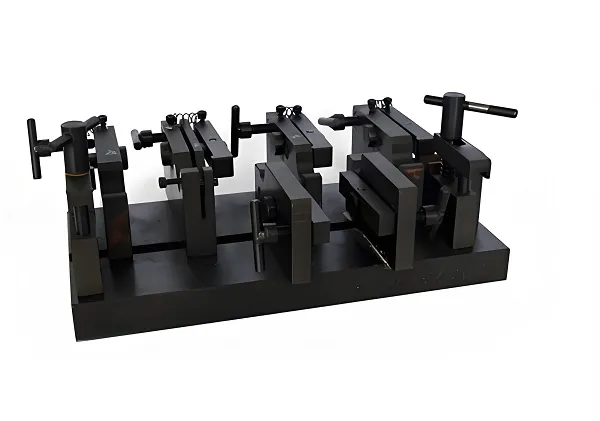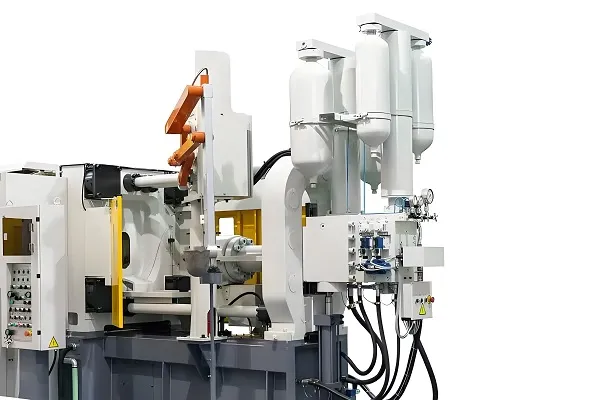Turning and milling is a composite machining technology that combines two types of machining, turning and milling. It utilizes the relative motion between the rotating tool on the machine tool and the workpiece to simultaneously or alternately perform turning (mainly used for internal and external surface machining of cylindrical workpieces) and milling (used for the machining of flat surfaces, curved surfaces, and complex shapes), thus realizing high-efficiency and high-precision machining of the workpiece. Turning and milling technology has been widely used in modern manufacturing industry because of its high flexibility, wide processing range and high productivity.

1. Principle of mill-turn machining technology
The technical principle of mill-turn machining is based on two core motions: spindle rotation and feed motion. Spindle rotation drives the tool or workpiece to rotate in order to perform turning operations; at the same time, the feed motion moves the tool along or perpendicular to the axis of the workpiece in order to realize milling or more complex shape processing. By precisely controlling the parameters of these two motions (such as rotational speed, feed rate, depth of cut, etc.), turning and milling can realize precise machining of various shapes and sizes of workpieces.
2. Turning and milling product customization
The customization service allows customers to provide design drawings or samples according to their specific needs, and the professional milling and turning enterprises will carry out customized production. The customization process usually includes the following steps:
Demand analysis: Communicate with customers to clarify the processing requirements, material selection, processing accuracy, delivery date, etc.
Process design: according to customer demand, develop a detailed machining process program, including tool selection, cutting parameter settings, fixture design and so on.
Production preparation: prepare raw materials, adjust machine tools and fixtures to ensure that the processing environment meets the requirements.
Production Processing: Turning and milling according to the technology program, real-time monitoring of the machining process to ensure product quality.
Quality inspection: carry out strict quality inspection on the finished products to ensure that they meet the design requirements.
Delivery and after-sales service: deliver qualified products to customers and provide necessary after-sales service.
3.Introduction of turning and milling materials
Turning and milling is applicable to the processing of many kinds of materials, including but not limited to the following:
Metal materials: such as steel, aluminum, copper and its alloys, these materials have good machinability and mechanical properties, and are the most commonly used materials in turning and milling processing.
Characteristics: High strength, good toughness and plasticity, suitable for manufacturing various mechanical parts and structural components.
Applications: automotive parts, aerospace parts, precision mechanical parts, etc.
Non-metallic materials: such as plastics, wood, composite materials, etc. These materials can also realize high-precision processing in turning and milling, but need to pay attention to the selection of cutting parameters to avoid overheating or damage to the tool.
Characteristics: light weight, corrosion resistance, easy molding for processing, suitable for manufacturing lightweight components or parts used in special environments.
Application: electronic product shell, furniture parts, sports equipment, etc..
4. Turning and milling product characteristics
Turn-mill products have the following characteristics:
High precision: through precision machine tools and advanced processing technology, milling and turning products can achieve high dimensional and shape precision.
Good surface quality: the machined surface is smooth and flat with low roughness, which is favorable for subsequent processing or direct use.
Wide processing range: turning and milling can realize the processing of complex shapes and special structures to meet diversified product requirements.
High production efficiency: multiple processes can be completed in one clamping, which reduces tool change and clamping time and improves production efficiency.
High degree of customization: support small batch or even single piece customized production to meet the individual needs of customers.
Turning and milling processing FAQ
Q1: What are the advantages of mill-turn machining over traditional machining methods?
A1: Turning and milling combines the advantages of turning and milling, which can realize efficient and high-precision machining of complex shapes, and at the same time, reduce the number of machining processes and tool changes, so as to improve the production efficiency.
Q2:What kind of materials is Turning & Milling applicable to?
A2: Turning and milling is applicable to the machining of a variety of materials, including metallic materials (such as steel, aluminum, copper, etc.) and non-metallic materials (such as plastics, wood, composite materials, etc.).
Q3:What is the minimum machining size for turning and milling?
A3: The minimum machining size of turning and milling depends on the precision of the machine tool and the size of the cutting tool. Generally speaking, modern high-precision turning and milling machine tools can realize micron-level machining precision.
Q4:How long is the delivery time for turning and milling?
A4:The delivery time of turning and milling depends on the complexity of the product, processing quantity, production scheduling and other factors, generally need to be determined after specific communication with the customer.

